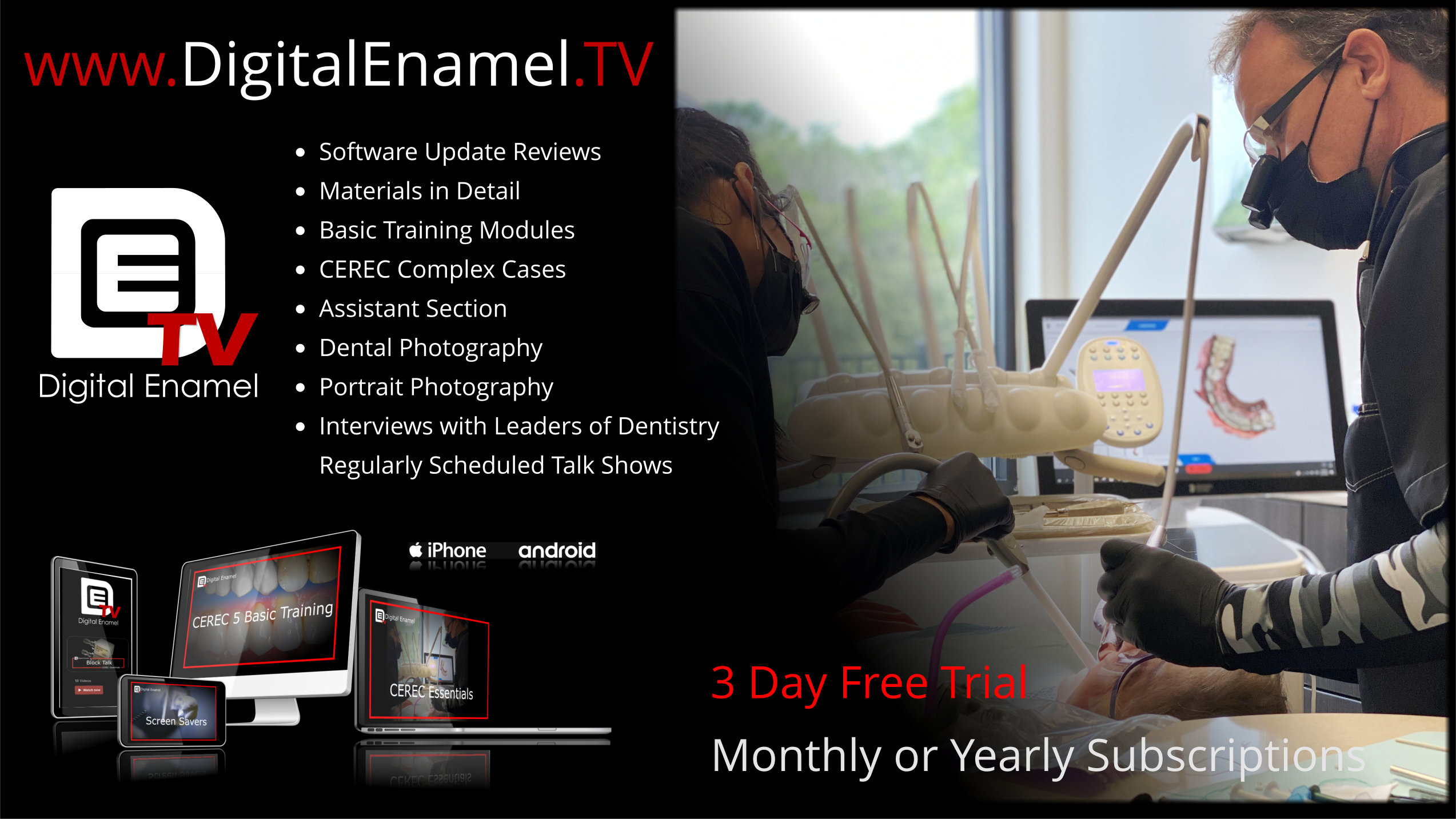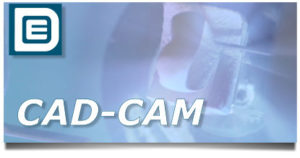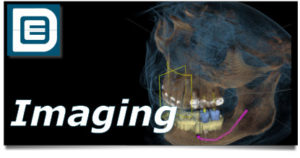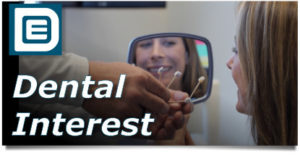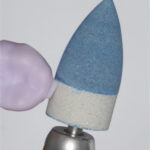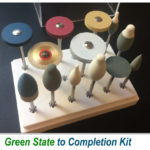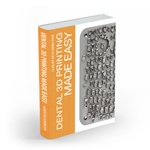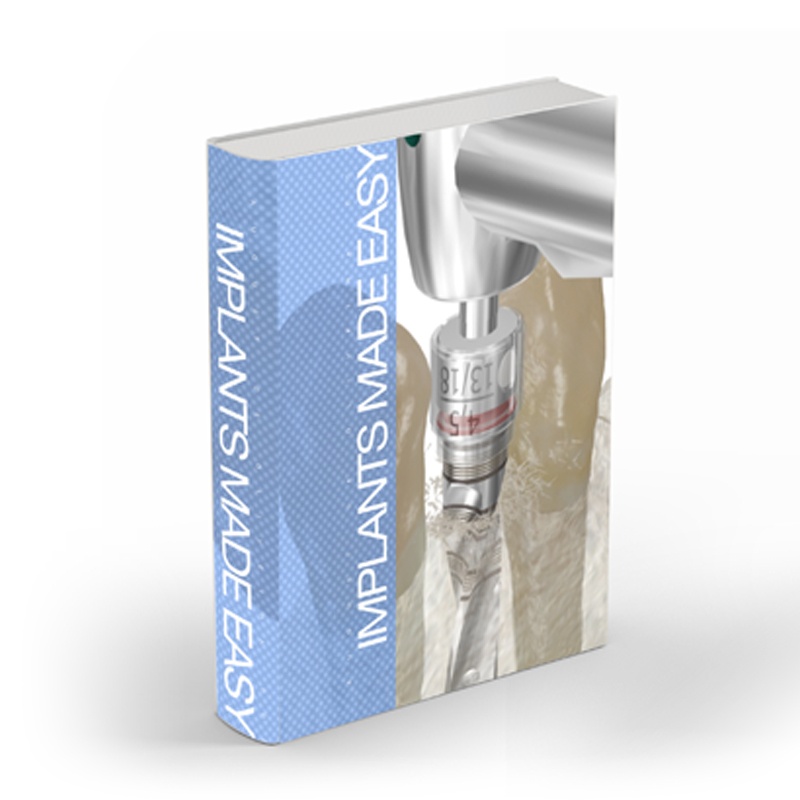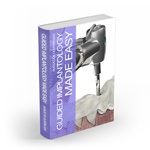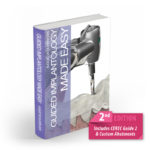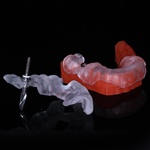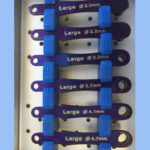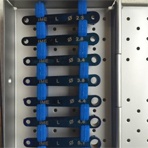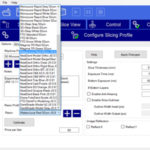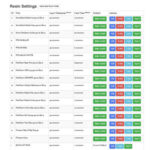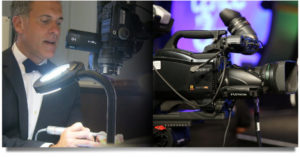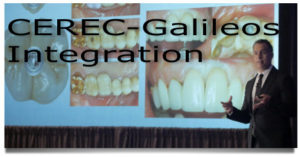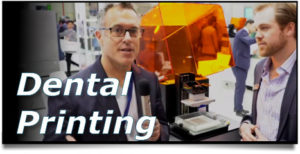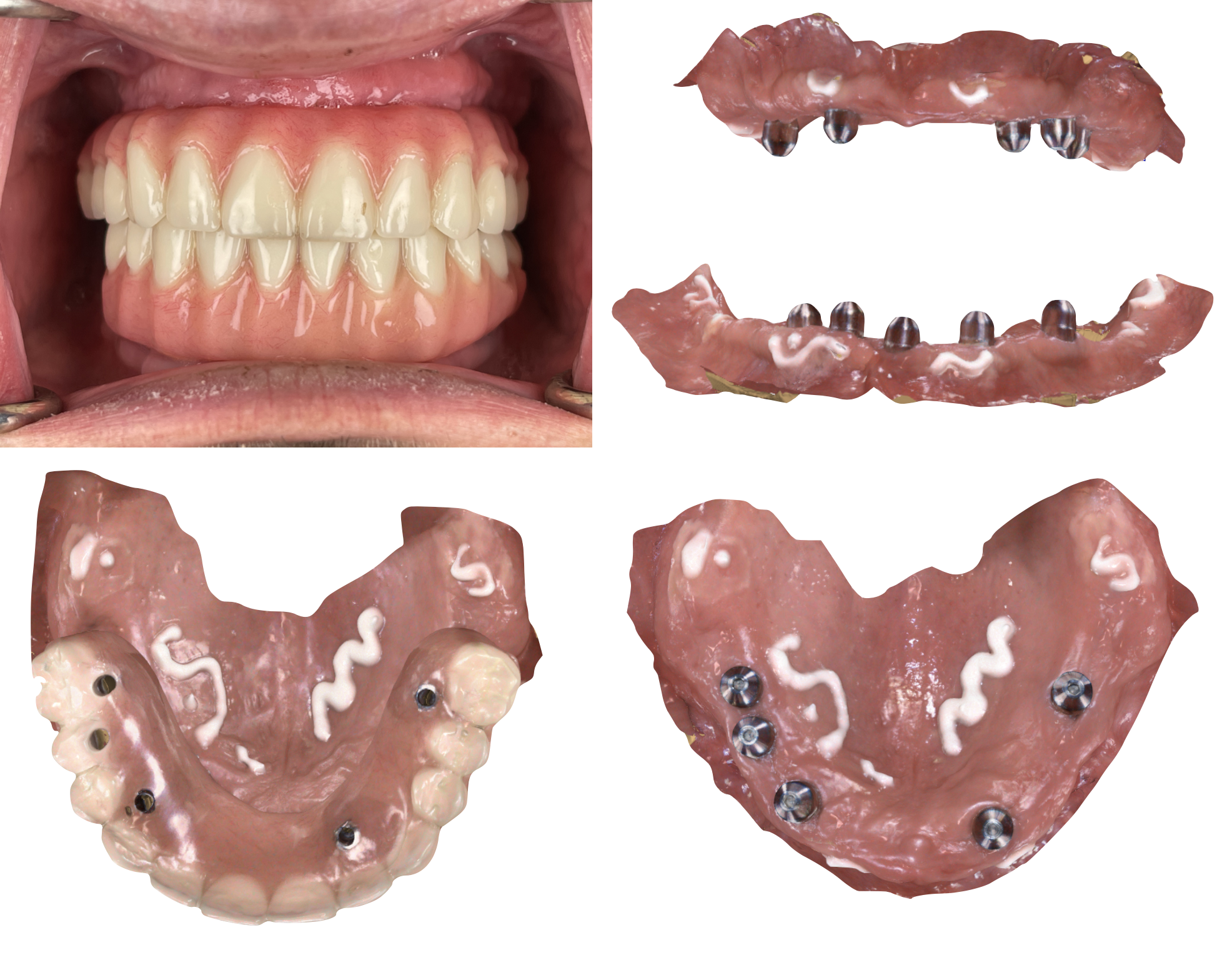
You know a technique works when even non CEREC dentists can pick up a Primescan and just start doing it. This is one of the patients we saw at Implant Pathway this weekend for the Digital Restorative solutions class. Patient has an existing converted denture. “Squiggles” of white flowable composite are applied to the gums. Why? Once you remove the patient’s existing restoration, how do you get the bite? The composite fiducials are a way of relating the scan of the converted denture in the mouth to the tissue scan body scan.
Here we are scanning the existing converted denture in the mouth.

After scanning the patient with CEREC we then use these “Dominos” with the Imetric 4D scanner. Why? Intra Oral scans can have a big cross arch deviation aka Trueness. The Imetric scanner is a fancy QR code scanner and since it does use image stitching, there is very little cross arch deviation. Like under 20 microns vs 100 microns plus. The images are then sent to a lab, in this case the amazing people at Prosmiles to mill out PMMA provisionals using ExoCAD.
Everyone gets a turn at Pathway, but here I am scanning the Dominos with the Icam. This is an extra oral scanner and typical scans are under a minute or two.
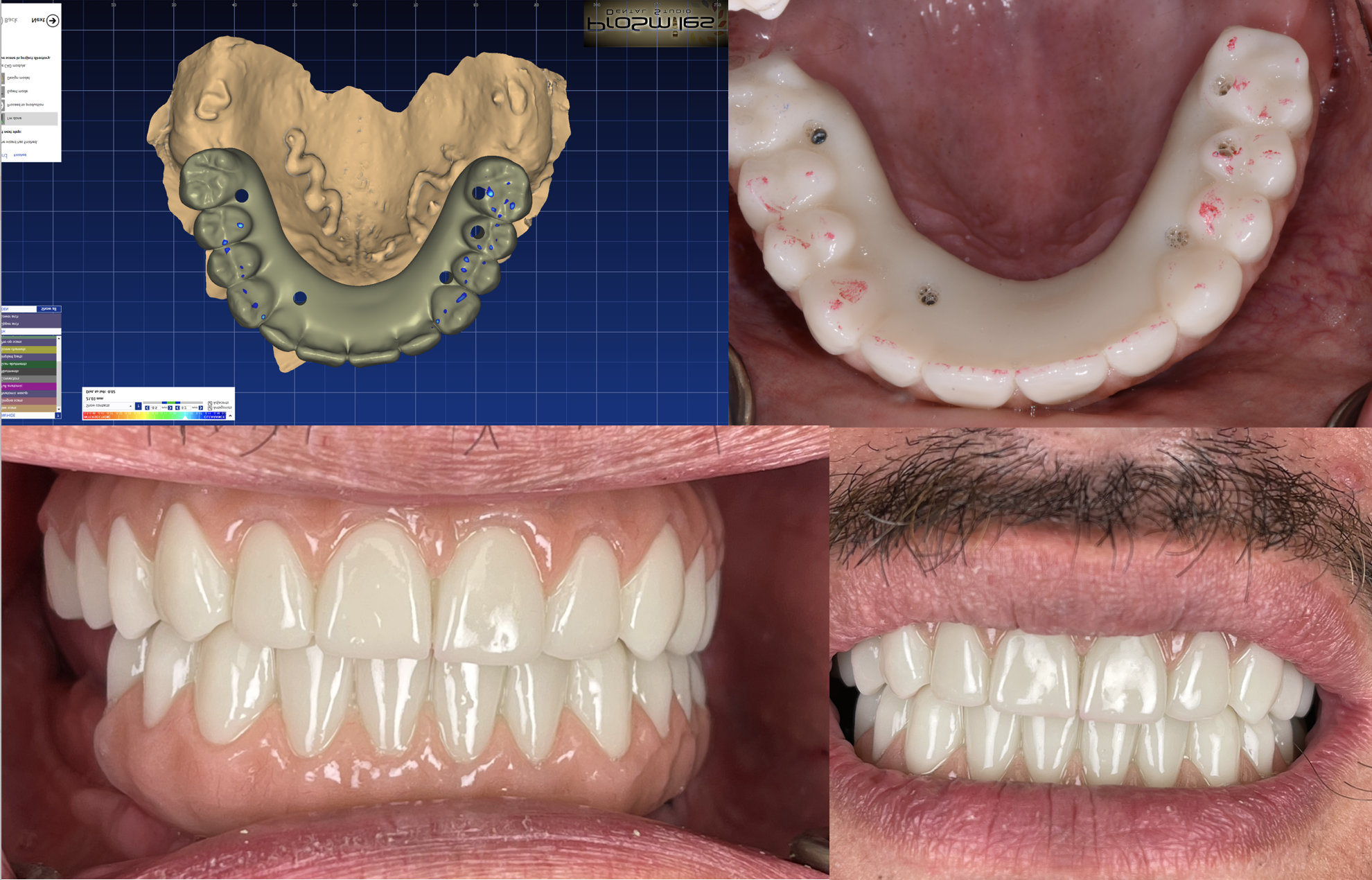
Here are the PMMA provisionals. One of the tests I use for a passive fit of the restoration is the Occlusion. Think about this, if you are seating a full mouth case and only have occlusion on one side, that means its not seated right? Compare the ExoCAD occlusion shot with the IRL shot. No adjustment on this case!
Down to canine guidance you can see how accurate the Primescan and Imetric are!!
Want to learn how to do this live? Check out the next course at Implant Pathway!
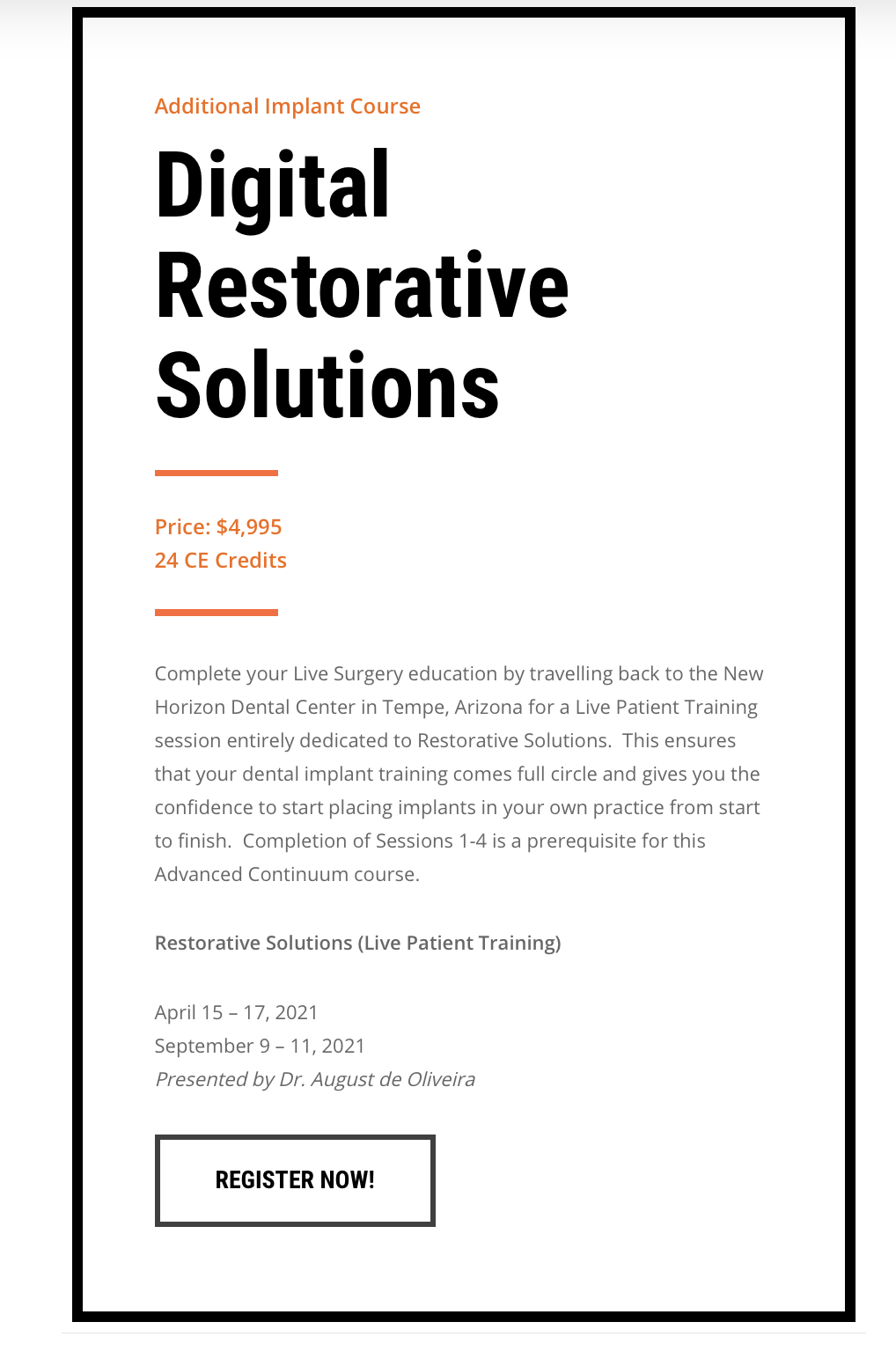
Also, for a “teaser” come to the Digital Enamel Symposium June 3 and 4 in Austin at the DE Campus! Tons of great speakers on all things digital!
